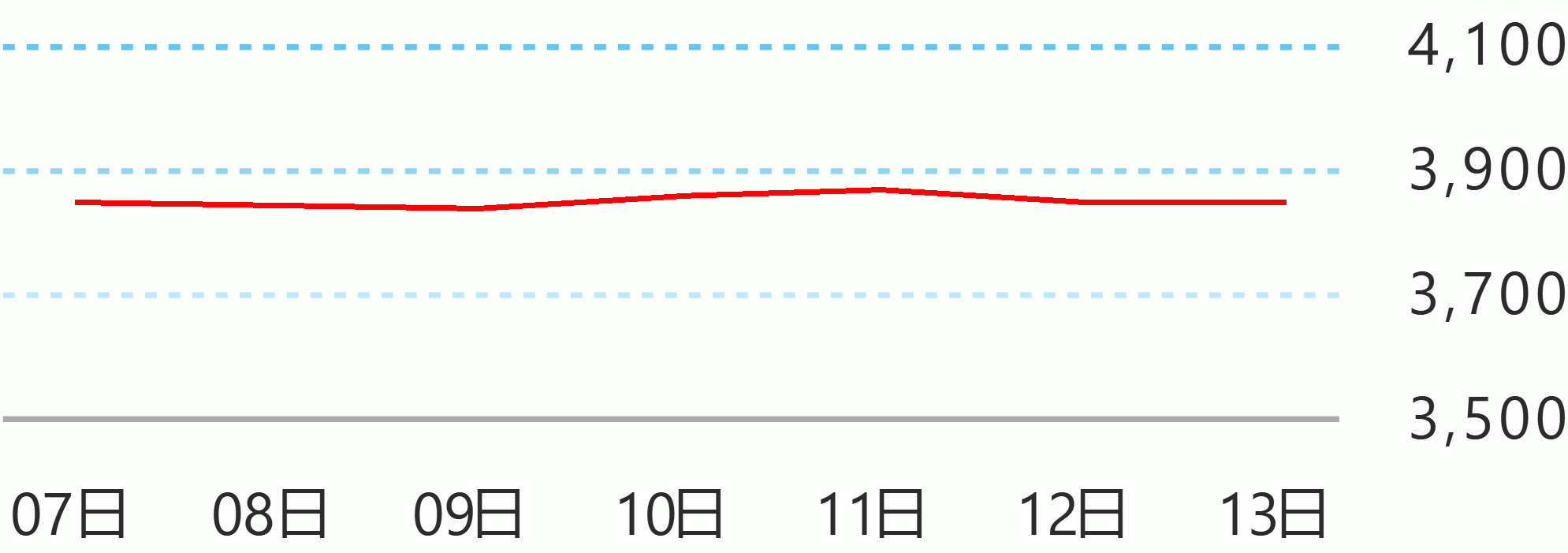The latest set of forecasts points to continued resilience of the country’s overall balance of payments (BOP) position for 2024 and 2025, while showing a decelerating path relative to the 2023 outturn.
This assessment is underpinned mainly by stable yet moderating global and domestic economic growth prospects; a slowing inflation trajectory across jurisdictions; lingering geopolitical and weather shocks; as well as possible shifts in US trade and investment policies under the incoming Trump administration.
Global economic growth is expected to moderate in 2024 relative to the previous year and to remain steady in 2025, with growth impetus coming significantly from advanced economies.
Inflation is also seen to further decelerate worldwide, triggering possible move towards less restrictive monetary policy by central banks. However, heightened uncertainty emanating from lingering geopolitical and trade tensions, limited fiscal space, financial market volatilities, as well as climate-related threats continue to pose risks to the global growth outlook. Meanwhile, the Philippine economy is seen to achieve the lower end of the near-term economic growth targets set by the national governmen
Economic activity will be supported by strengthening domestic demand boosted by easing inflation, lower oil prices, and timely enactment of the national budget. Continued government efforts to improve infrastructure and the overall business environment are expected to support the outlook for domestic economic growth as well as the external sector.
The balance of risks to the latest BOP outlook is broadly seen to be tilted to the downside. Aside from expectations of moderating global and domestic economic activity, other downside risks to the external outlook include volatility in commodity prices due to lingering geopolitical and trade tensions; slower-than-expected growth in China; domestic constraints in the broader use of artificial intelligence (AI); possible mobility risks due to weather-related events and emergence of highly infectious diseases.
Based on the foregoing and the actual data outturn for the first nine months of 2024, the overall BOP position for 2024 is slightly lower than the actual 2023 surplus, although higher relative to the previous forecast.
This outcome is largely due to the upward revision in forecasts for portfolio investments and other investments, which compensated for the reduction in the projected FDI level for the year. The higher projected financial account compensated for the widening of the current account deficit during the said year.
Meanwhile, the current account is seen to post a narrower deficit in 2024 compared to a year ago, but wider relative to the September 2024 assessment.
This is largely a result of the lower growth forecasts for both goods and services exports in 2024 alongside higher projected services imports. The latest growth forecast for services exports is anchored on the expected deceleration of revenue inflows coming from business process outsourcing (BPO) and travel activities, consistent with latest trend driven in part by domestic constraints in AI adoption and slow return of Chinese tourists into the country, among others.
In addition, merchandise exports are seen to deliver a more subdued performance in 2024 following the more pronounced slowdown in export revenues in the third quarter of 2024 reflecting the decline in exports of semiconductor products, copper metal, and bananas.
Expectations of softer global demand amid tight monetary conditions, post-pandemic fiscal consolidation, as well as larger trade barriers and increased uncertainty from President-elect Trump’s announced policies also continue to weigh down the near-term prospects for goods exports.
For 2025, the overall BOP is anticipated to remain in a surplus position despite the foreseen widening of the current account relative to the 2024 forecast.
Sustained net inflows from the financial account will continue to buoy the overall BOP outlook this year. There is still scope for global trade to pick up in 2025 given an environment of moderating global inflation and improved business activity. Nevertheless, US-related uncertainty, specifically linked to possible policy shifts in the US trade, investment, and migration policies, will remain a key downside risk to the 2025 external sector outlook.
Given prospects of continued foreign exchange inflows into the economy, further buildup is expected in the GIR for 2024-2025. Bangko Sentral ng Pilipinas





 English
English








